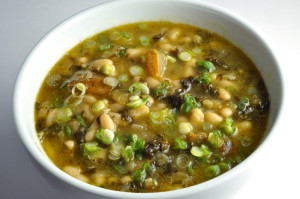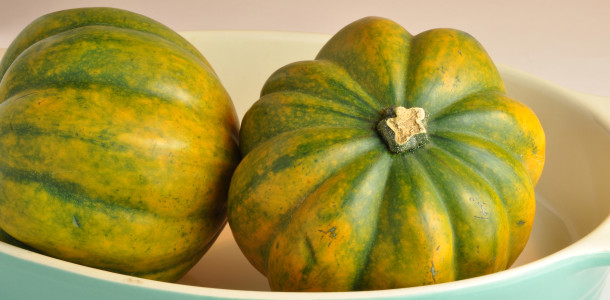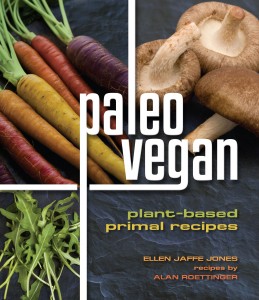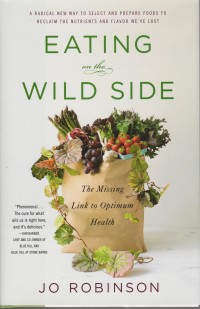I’m not really a winter person. I’m a man who feels most comfortable when a sarong and a pair of sandals are the only articles of clothing required. But winter does have its fine points, not the least of which are exquisite natural beauty and the sublime comfort of a roaring fire. The sky turns a unique steely grey-blue when the mercury plummets; often the sunrise is unusually spectacular in some way; and the ethereal interplay of mist, frost and sunlight is spellbinding.
clothing required. But winter does have its fine points, not the least of which are exquisite natural beauty and the sublime comfort of a roaring fire. The sky turns a unique steely grey-blue when the mercury plummets; often the sunrise is unusually spectacular in some way; and the ethereal interplay of mist, frost and sunlight is spellbinding.
Living close to nature as I do, I should never complain, because its splendor surrounds me even when the weather is inhospitably frigid. On the other hand, hints of winter begin to appear as early as September on occasion, and we sometimes get heavy, wet spring snow in May. So for a guy who grew up in Mexico and spent most of his adult life in Miami and Los Angeles, it does take some getting used to (I’ve been in Colorado for 12 years, and I haven’t quite adjusted yet). Last October, I slipped on a  thin patch of frost, injured my left knee pretty nastily, and I’m still not back to normal. I guess that qualifies as complaining, and although I do have my reasons, I’ll stop now. I was really just setting the stage for a culinary delight that improves dramatically in the presence of winter.
thin patch of frost, injured my left knee pretty nastily, and I’m still not back to normal. I guess that qualifies as complaining, and although I do have my reasons, I’ll stop now. I was really just setting the stage for a culinary delight that improves dramatically in the presence of winter.
Spending my formative years in Mexico instilled in me a profound appreciation for beans. Even the smell of beans cooking is heavenly to me. It’s no secret that I love food in general, but there is a special place in my heart for any dish featuring beans—chili, minestrone, Sopa Tarasca (a delectable bean soup from Michoacán)—anything with beans in it. But I get ahead of myself.
Winter is an ideal time for enjoying all manner of comfort foods, and winter squash—properly prepared—is one sublime comfort food. A few days ago, I went to my local natural foods store and picked up a couple of small, resplendent organic acorn squashes slightly smaller than a softball. The standard way most people prepare them is to simply cut them in half lengthwise, scrape out the seeds, and bake them, with just a little oil or broth and salt in the cavities. They are delicious this way, but only the flesh is really edible. The skins become leathery, brittle, and no fun to eat when baked. Cooked slowly in liquid, however, the skins soften and become quite palatable. According to health fanatics, I understand, all the nutrition is in the skin (or, as my father used to joke, it’s in whatever part you don’t like to eat).
This soup was meant to be a simple acorn squash affair, but as I got going, it quickly acquired two other star protagonists, flageolets—pale green French beans—and Tuscan kale. I hadn’t pre-soaked the beans, so I had to take time out to employ the quick-soak method; I cleaned, washed and drained the beans, covered them with boiling water, and let them soak for one hour. Actually, I didn’t put everything on hold while the beans soaked. I went ahead with the other preparations.
I began by sautéing a diced onion in a few tablespoons of extra-virgin olive oil. When they were soft and just beginning to brown, I added diced celery and minced garlic. I continued cooking over medium heat until all the vegetables were tender, and then I added a bunch of Tuscan kale leaves, coarsely chopped, and the squash, cut into 1-inch pieces. I turned u p the heat to medium-high and cooked the mixture until it was nearly dry. I drained the beans and added them, stirring briefly. Then I added vegetable broth and brought it to a boil. I couldn’t salt the soup yet, because the beans were still raw, and that would prevent their skins from softening. Instead, I put the entire mixture in a pressure cooker, added a couple of bay leaves, and let it cook for about 45 minutes. Then I added salt and cooked it into the soup for another 10 minutes. Just before serving, I added a few scallions, thinly sliced.
p the heat to medium-high and cooked the mixture until it was nearly dry. I drained the beans and added them, stirring briefly. Then I added vegetable broth and brought it to a boil. I couldn’t salt the soup yet, because the beans were still raw, and that would prevent their skins from softening. Instead, I put the entire mixture in a pressure cooker, added a couple of bay leaves, and let it cook for about 45 minutes. Then I added salt and cooked it into the soup for another 10 minutes. Just before serving, I added a few scallions, thinly sliced.
The texture of the soup was pretty amazing. Brothy, succulent, with creamy beans, very slightly chewy kale, cubes of tender squash, and pungent punctuations of raw scallion. I was very content with this invention.
I have a theory that there is nothing—no celebration, no calamity—that is not dramatically improved by the company of something good to eat. I think this is because we are fundamentally creatures of hunger, and nothing works a miracle on our psyche like the act of eating, especially when what we eat is richly gratifying. A good soup—or stew—outperforms everything else I can think of.







